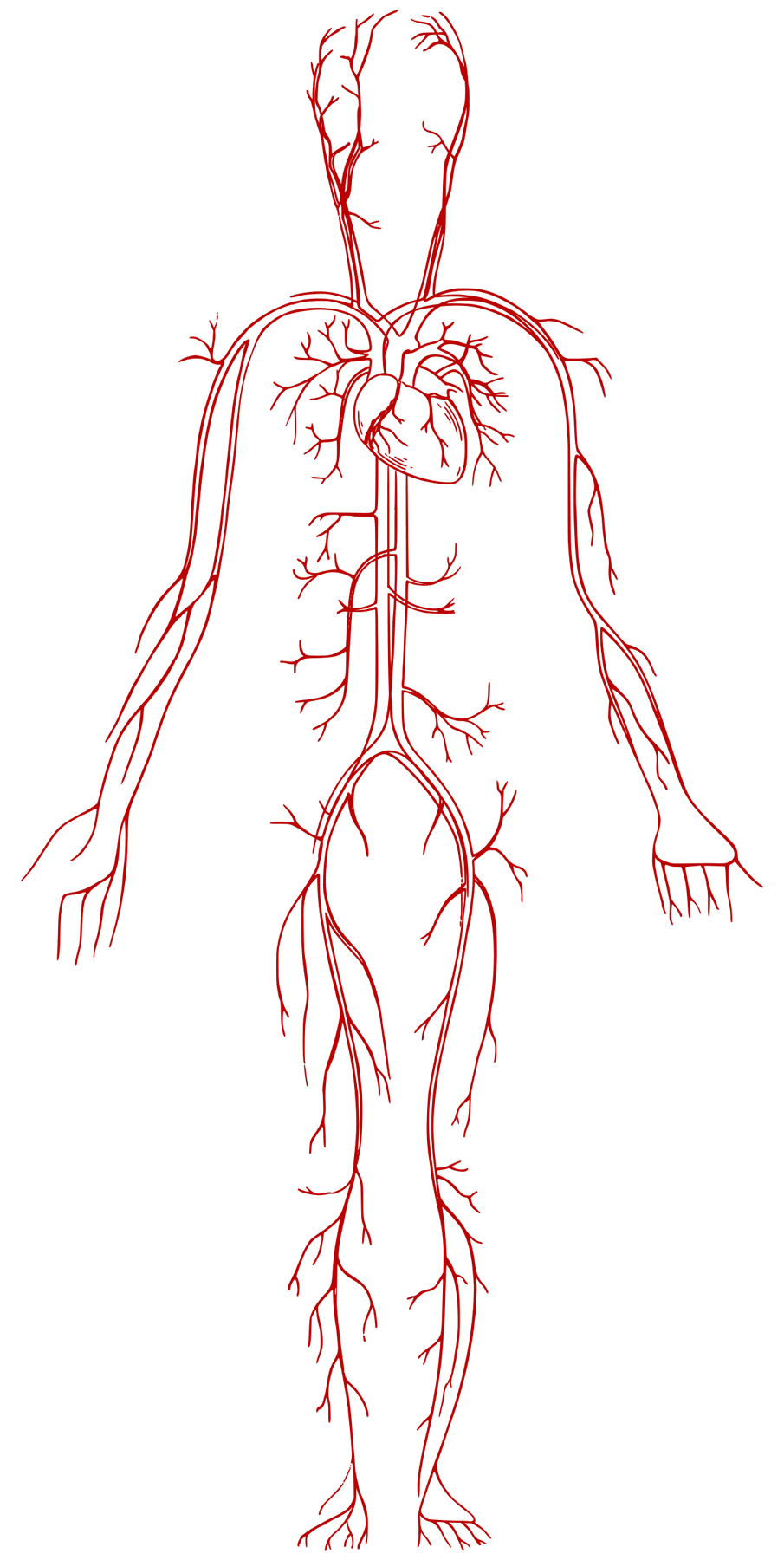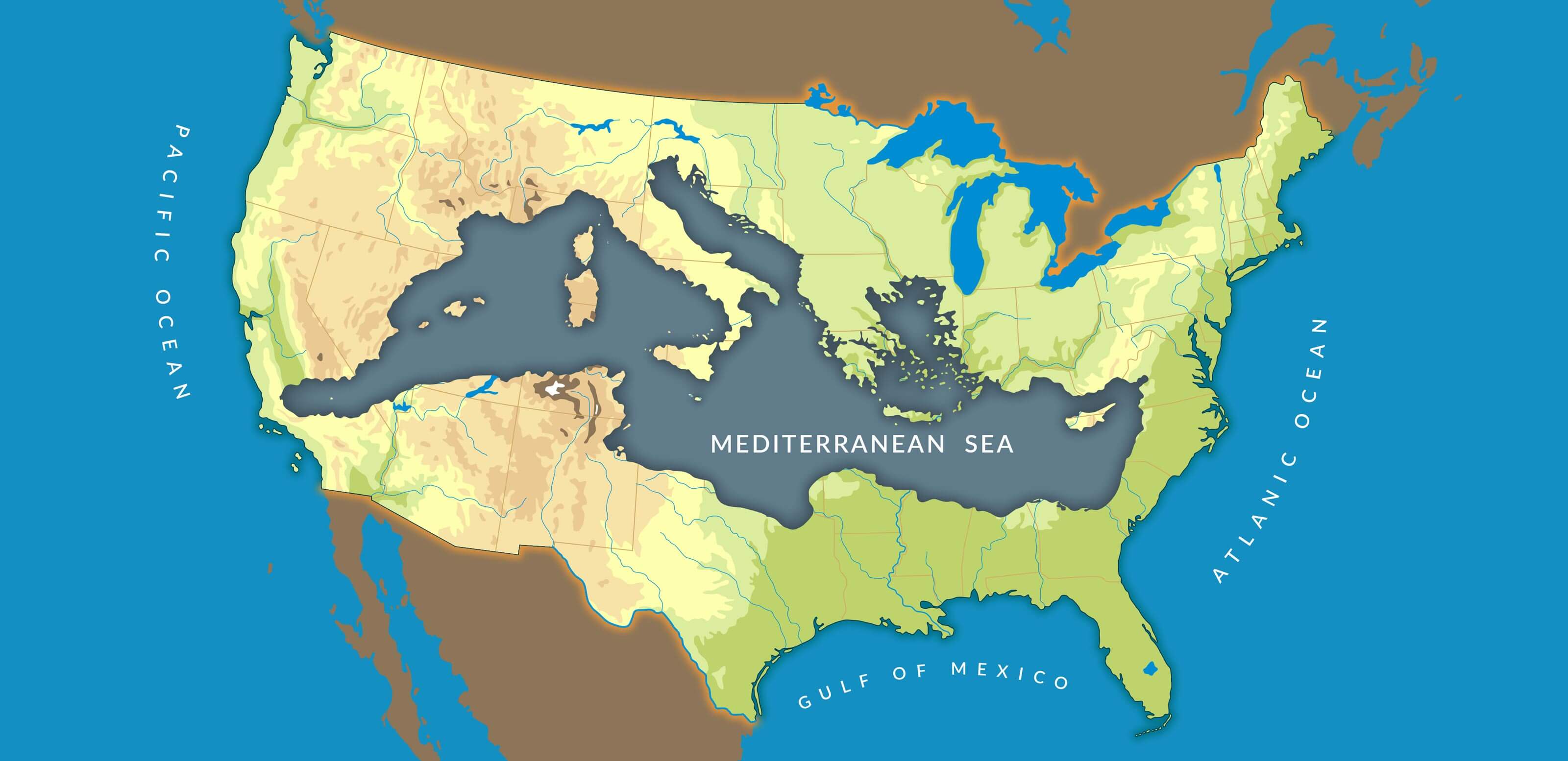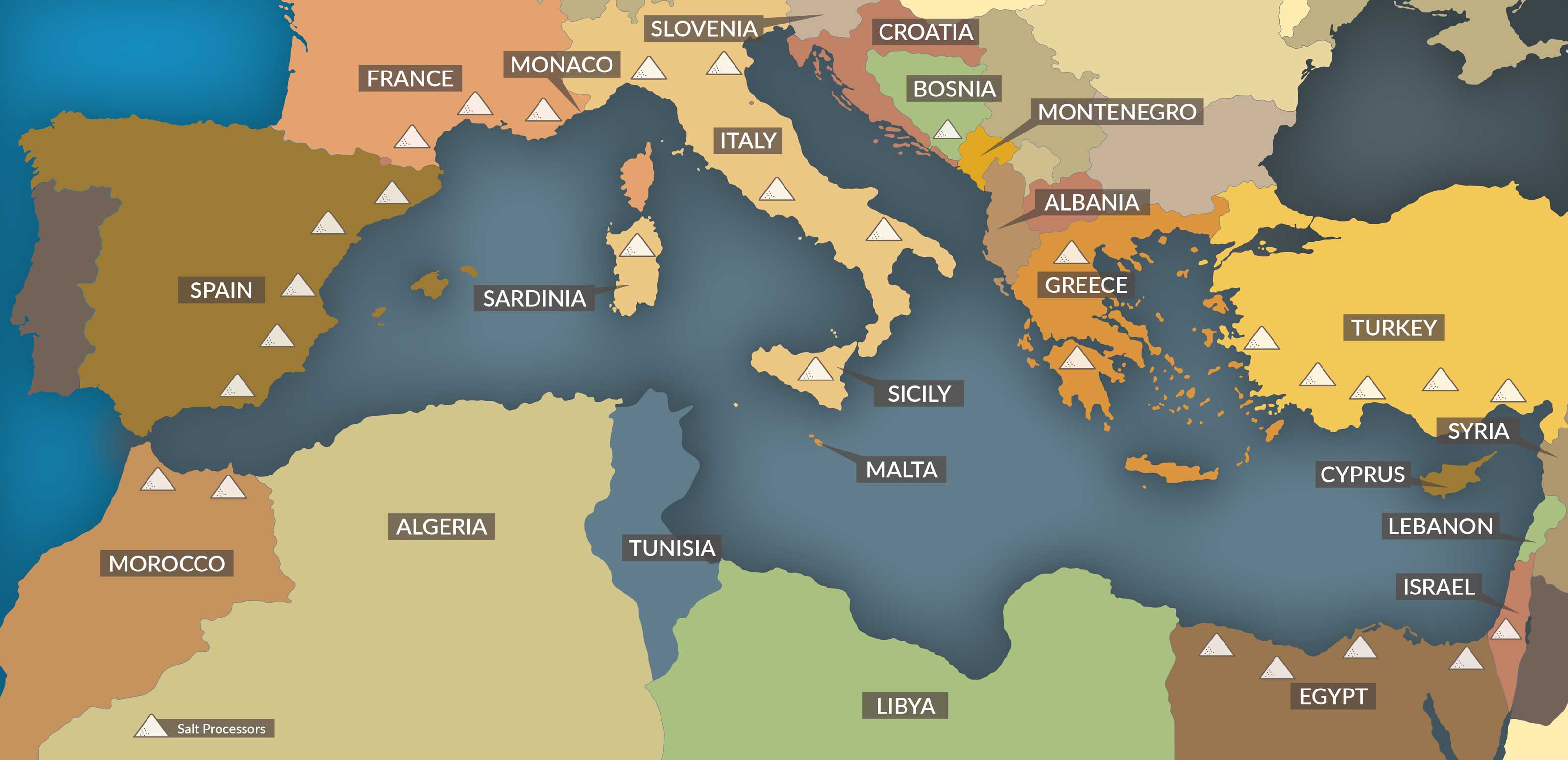When these non-biodegradable nanoplastic particles enter the bloodstream, they collect in organs such as the brain, heart, and lungs – even in the placentas of pregnant women.[14][15][16]




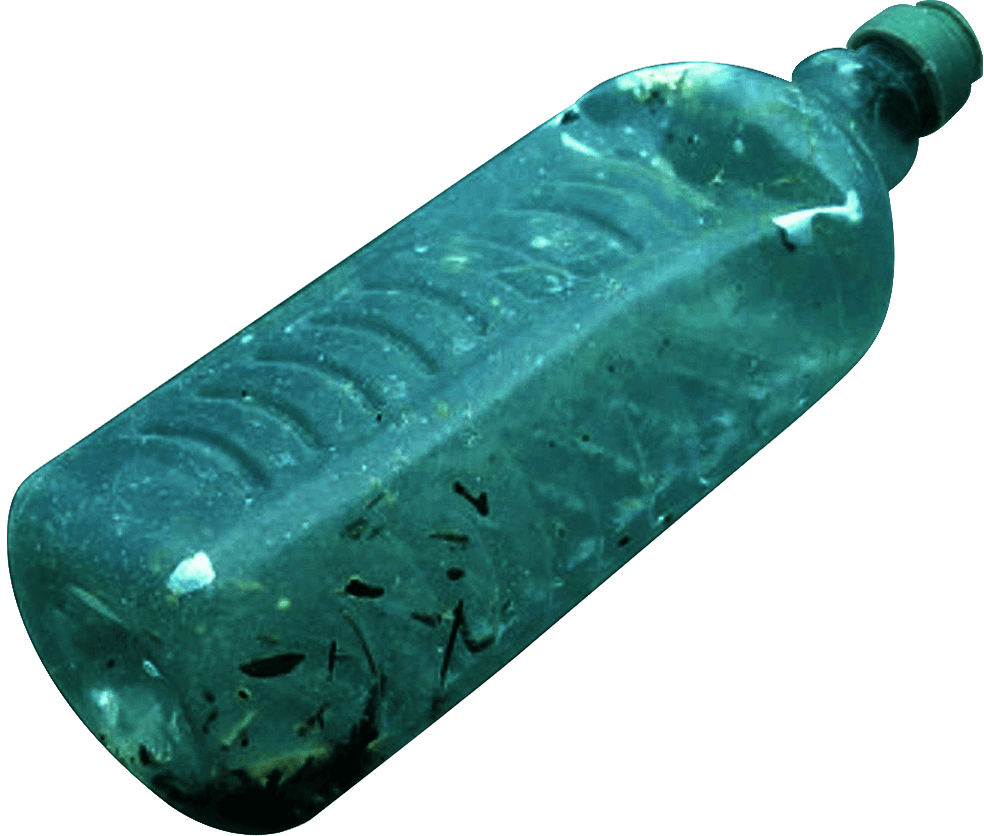
“The Mediterranean is one of the emblematic places of our heritage and yet it is inexorably submerged under a torrent of plastics.”
- Isabelle Autissier, President of WWF France[2]
As plastic pollutants stew in the Mediterranean Sea, exposure to sunlight, waves and sand continually degrade large pieces of contaminants into smaller and smaller particles known as nanoplastics.[8]
Plastic is not biodegradable. Even the smallest particles take several lifetimes to decompose, so once nanoplastics enter the human body, they remain in the blood and major organs.[14]

Nanoplastics are so small they are barely visible, even under the most advanced microscopes,[10] and they are found highly concentrated in Mediterranean Sea salt, fish and other plant and animal life, all of which are consumed by humans.
“It’s a plastic smog...”
-Marcus Eriksen, co-founder of 5 Gyres[9]
“Producing salt from contaminated bodies of water leads to plastic in your salt shaker.”
- Dave Asprey, New York Times Bestselling Author[12]
